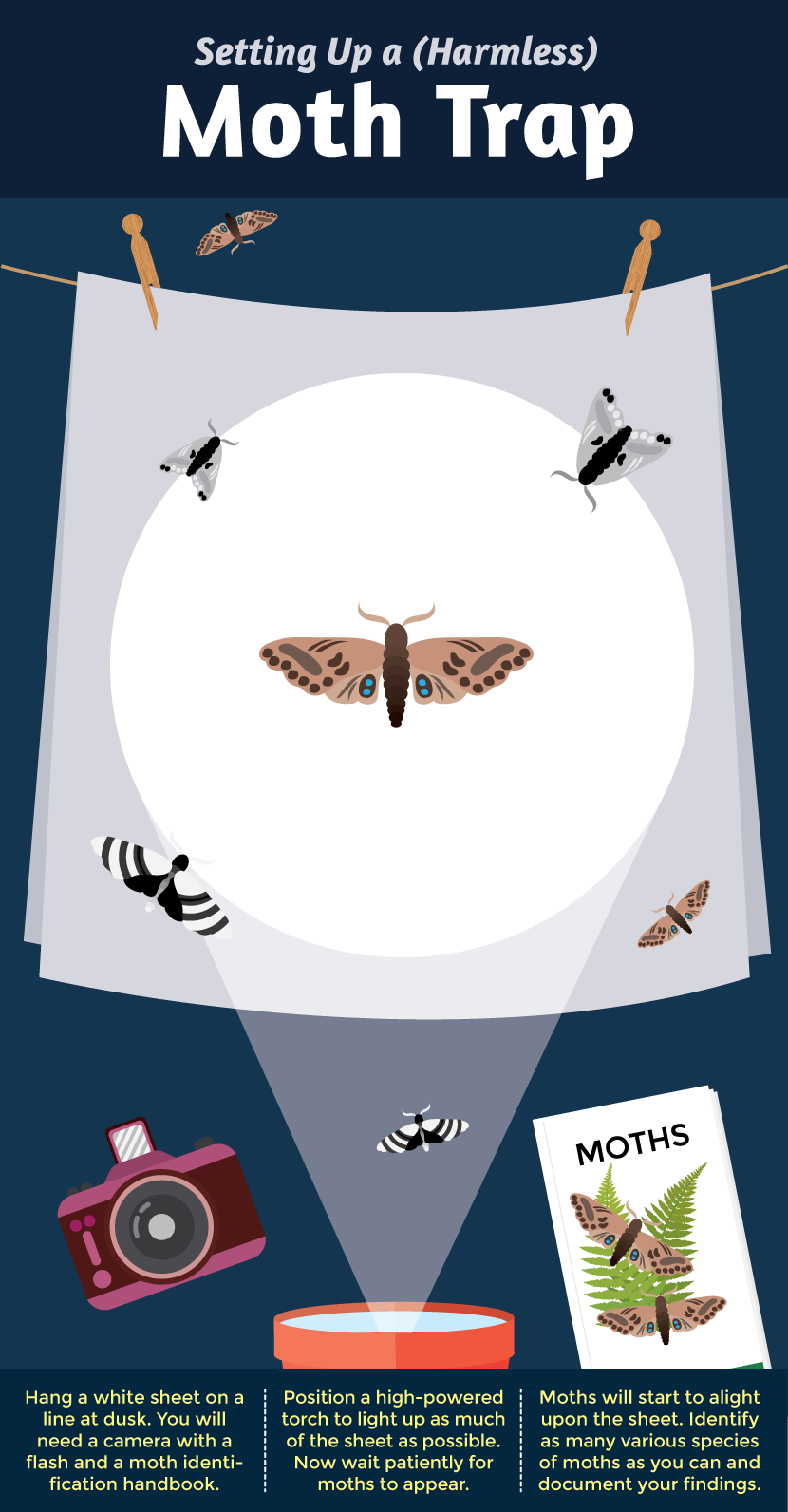
Get your fix of expert articles delivered straight to your inbox!
No Thanks - I don't like cool stuff

For all the poetic and magical reasons to plant your garden with evening in mind, there are good, practical reasons to do it too. If you work full time, the evening is likely to be the time when you are able to wander out into your garden, glass of wine in hand. It seems a shame to plant your garden with colors that look their best in the middle of the day, and then miss this peak time entirely. Luckily, there are plenty of ways to customize your garden so that it looks its best at night!
While there are colors and plants that work better in the daytime, there is a whole set of others that peak at twilight, and the twilight plants have some magical qualities: they tend to be pale, silver, or white and catch every last ray of light and reflect it back at you. They are also night scented: nothing special to sniff at in the day perhaps, but positively demanding olfactory attention as the sun sets. The reason for both of these factors is evolutionary. The plants that work best at night are those that have evolved to attract night-flying pollinators, namely moths and bats. These creatures cannot see particularly well – they have adapted with other methods of moving around in low-light conditions – and so the plants do their best to help guide them toward their nectar. In most flowers, the role of pollinator attractor is taken by bright, gaudy color, but come evening different tactics are necessary. White petals that glow in the dark and give off scent draw them in. These are often heady, spicy scents that travel well in warm summer evening air. Now this may not have evolved for the benefit of weary office workers kicking off their shoes and pouring a glass of wine, but weary office workers are as susceptible to their charms as flittering moths.


Your first port of call when planting a night garden will be scented, white-flowered plants. These will glow at you from the gloaming. One of the very best has to be Lilium regale ‘Album,’ which has a rich, sweet, and strong evening scent and pure white, trumpet-shaped flowers. Sweet rocket, Hesperis matronalis, is a plant that sums up the double life of the night-scented plant. It is unassuming at best in the daytime, pretty enough but hardly a star. Come evening its white flowers glow and start pumping out the sweetest and spiciest of scents, making it an absolute must for a night garden. The moonflower, Ipomoea alba, is another essential. It is not hardy, and so should be grown as an annual in cooler climates. It can be sown from seed in spring and planted out after all danger of frosts has passed. Nevertheless, it is vigorous (even considered invasive in warmer areas, so don’t plant it unless you know a frost will come), and will quickly scramble up a fence. Here the white trumpet-shaped flowers stay tightly furled during the daylight hours, only opening to emit a strong, moth-attracting scent come evening. There are a couple of perennial climbers that you would do well to consider too, and these will keep growing year after year even in areas with frosts. Honeysuckle is a big plant and wonderful for planting through trees to provide a general evening waft over a large area, and jasmine is perhaps the most deliciously scented of all the climbers: its pretty, pure white, star-shaped flowers send out a spicy and strong fragrance. It will happily scramble over a pergola – making for a truly deliciously scented seating area – or into a tree.

It isn’t just white that catches low light well. If you want to introduce a little color to your evening garden then look for plants in shades of pale purple and blue too. Verbena bonariensis is a surprisingly good twilight plant as the little pinpricks of flowers float like little light bulbs above the garden at dusk. Pale blue and purple geraniums, such as ‘Mrs. Kendall Clark’ with its palest purple petals veined in white, is one of the last of the colored flowers to vanish from sight in the evening. Between these plants, include silver-foliaged and variegated plants such as groundcover Stachys byzantina, the mound-like cotton lavender Santolina chamaecyparissus, and variegated sage Salvia officinalis ‘Tricolor.’

A night garden isn’t just about the plants. You want to make an evening garden a place you feel safe, cozy, and enveloped by scent. Try to create a sitting area close to the house, ideally with some sort of a cover where you can be tucked away from sight of neighbors. Position hedges and other large, filtering plants around your seating area, so that scents aren’t blown away by the wind. Consider some delicate lighting, such as fairy lights or candles in jars, and also think about creating some gentle noise that will distract your ear from noises outside of the garden. The trickle of a tiny fountain or the rustle of bamboo won’t exactly cut out traffic noise, but they absolutely can focus attention on what is happening inside the garden. Once you have planted your beautiful pale plants with wafting scents, and are sitting under delicately twinkling lights, you won’t want to miss a thing. With just a little thought and a few of the right plants, your evening garden will draw you outside again and again.
Written by:

Get your fix of expert articles delivered straight to your inbox!
No Thanks - I don't like cool stuff